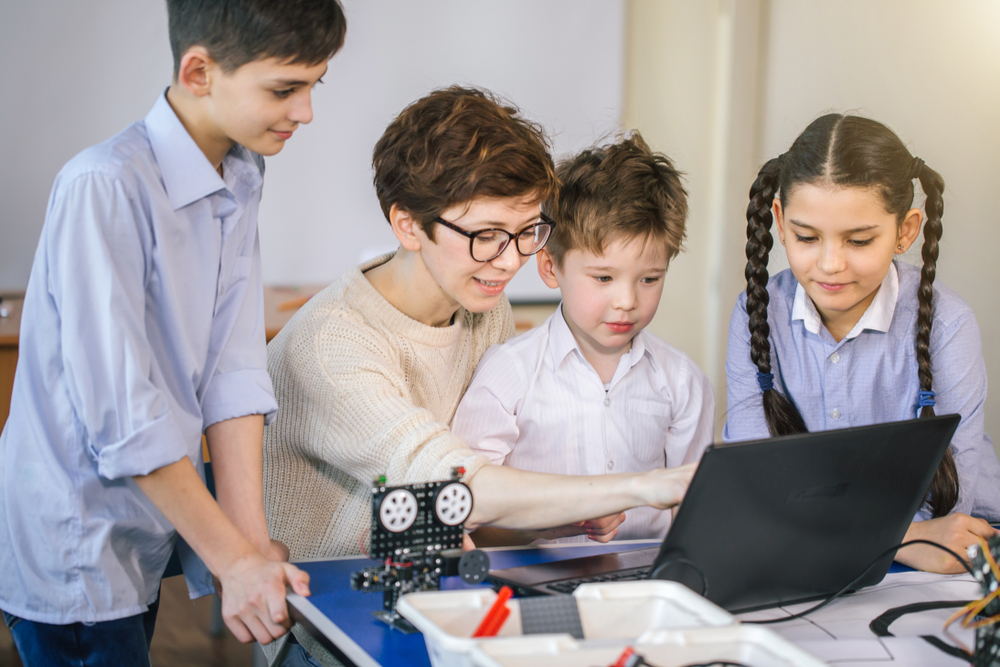Visual discrimination skills Alphabet Worksheets for Ages 6-8
5 filtered results
-
From - To
Boost your child’s learning with our Visual Discrimination Skills Alphabet Worksheets, designed specifically for ages 6-8! These engaging, interactive worksheets help young learners sharpen their visual perception through fun activities. By identifying differences and similarities between letters, kids will enhance their ability to recognize shapes and patterns—essential skills for reading and writing. Each worksheet offers age-appropriate content that fosters critical thinking and builds foundational skills in literacy. Perfect for home or classroom use, our worksheets encourage creativity, focus, and persistence while providing an enjoyable learning experience. Make learning the alphabet an exciting adventure for your child today!
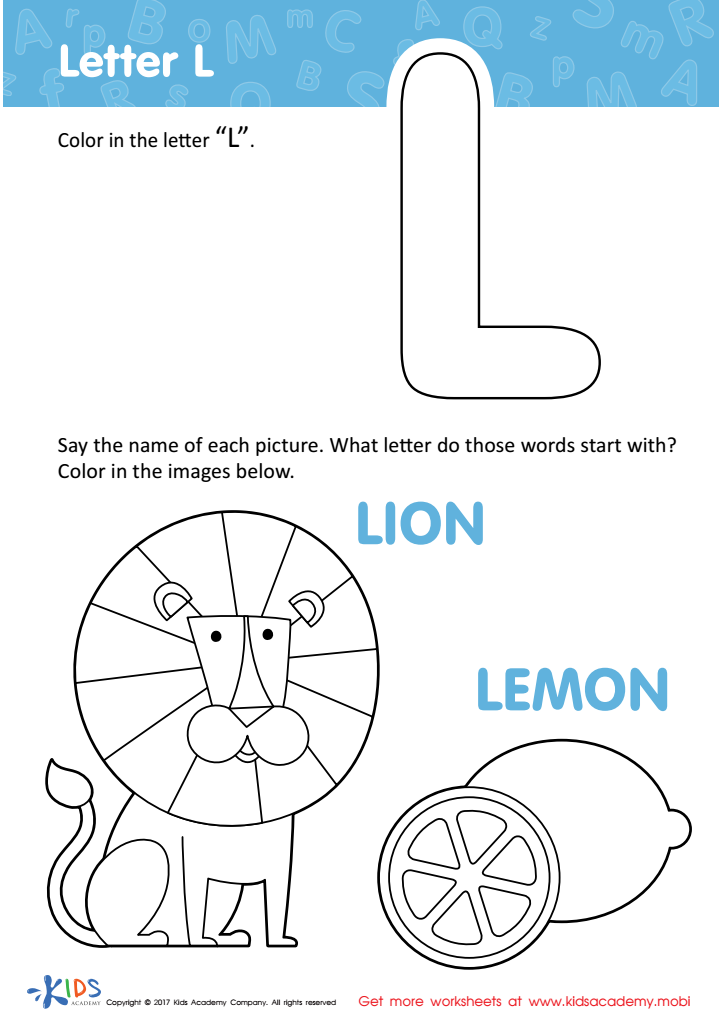

Letter L Coloring Sheet


Find Uppercase Letters A, B, and C Worksheet
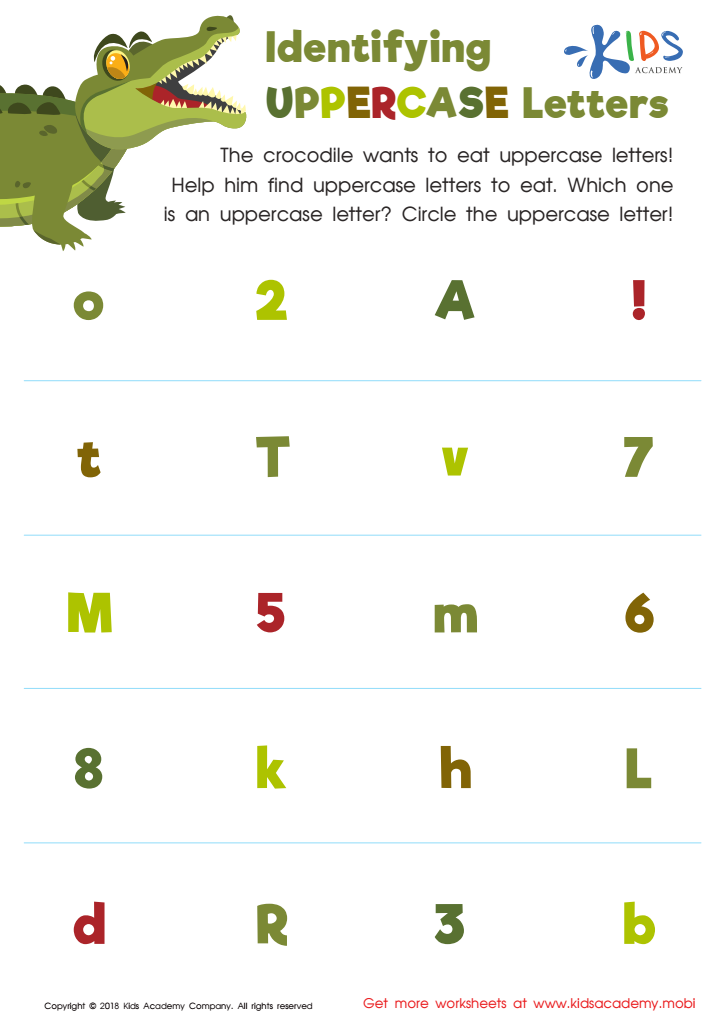

Identifying Uppercase Letters Worksheet
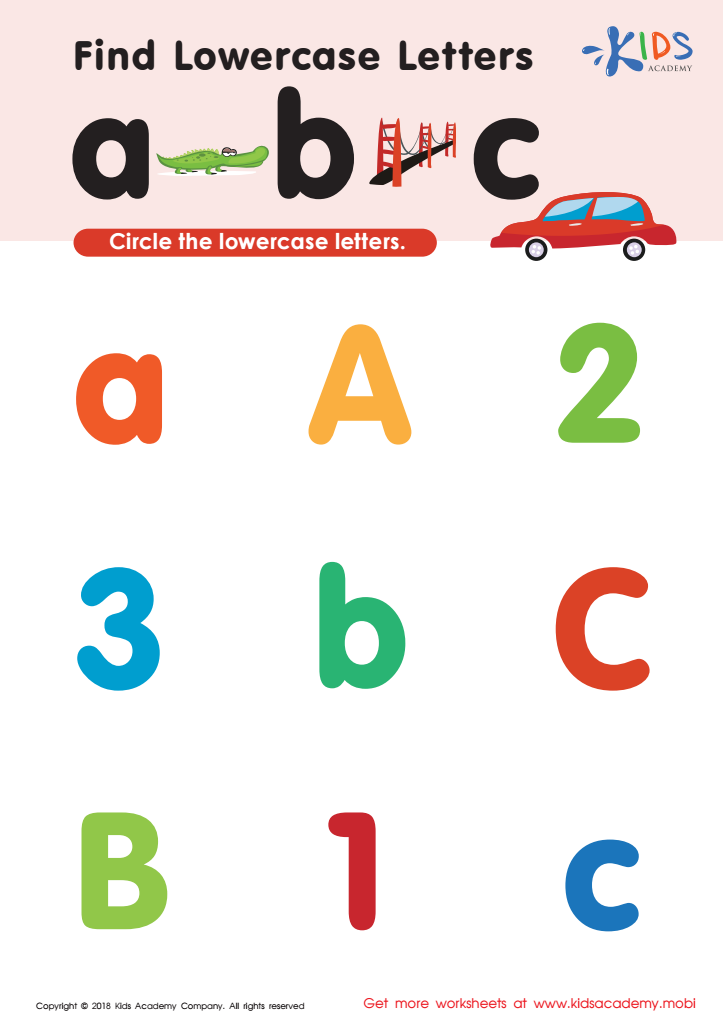

Find lowercase letters a b c Worksheet
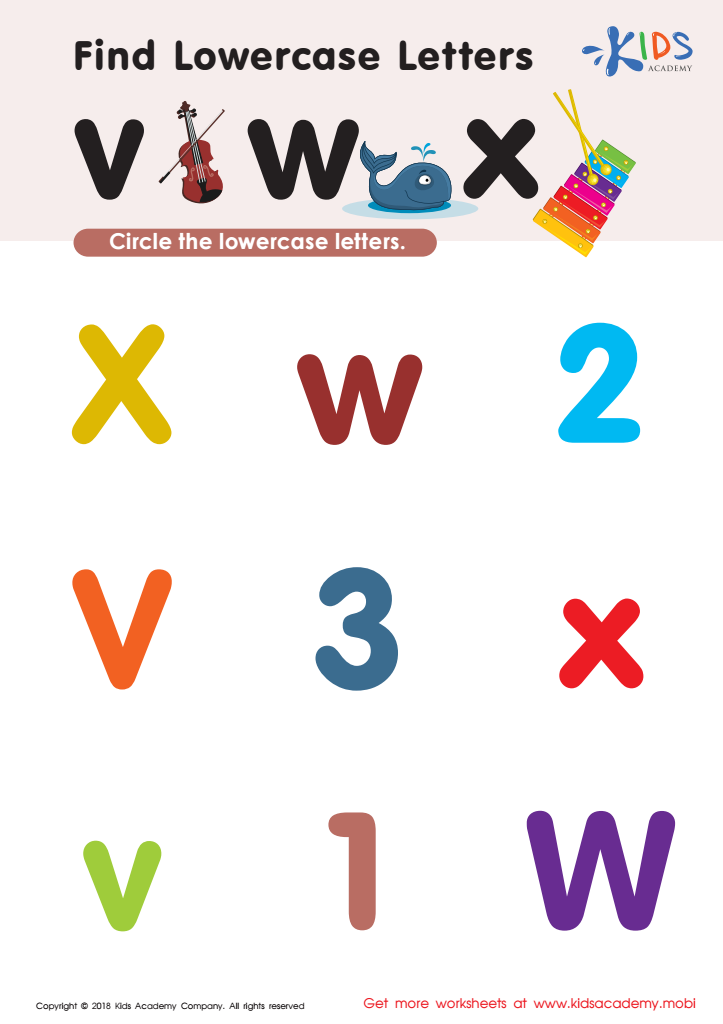

Find Lowercase Letters v w x Worksheet
Visual discrimination skills are essential for children aged 6-8, particularly when learning the alphabet. These skills involve the ability to perceive differences and similarities in forms, which is critical for recognizing letters and understanding their distinct shapes. When children can effectively differentiate between similar letters (e.g., 'b' and 'd' or 'p' and 'q'), they enhance their reading and writing capabilities, which are foundational to academic success.
Fostering strong visual discrimination skills helps children identify letters rapidly and accurately, promoting fluent reading. This, in turn, boosts confidence and motivation to engage in literacy activities. Furthermore, these skills lay the groundwork for multifaceted learning, affecting not just reading but also subjects that require visual clarity, such as math and science.
For parents and teachers, advocating for visual discrimination activities—like puzzles, matching games, or letter sorting—becomes crucial. Rather than understanding letters in isolation, children benefit from integrating these skills into fun, interactive experiences. Ultimately, nurturing visual discrimination empowers children to be more adept learners, setting a strong foundation for all future academic endeavors. Emphasizing this fundamental skill reaps long-term educational benefits and equips children for lifelong learning success.
 Assign to My Students
Assign to My Students







